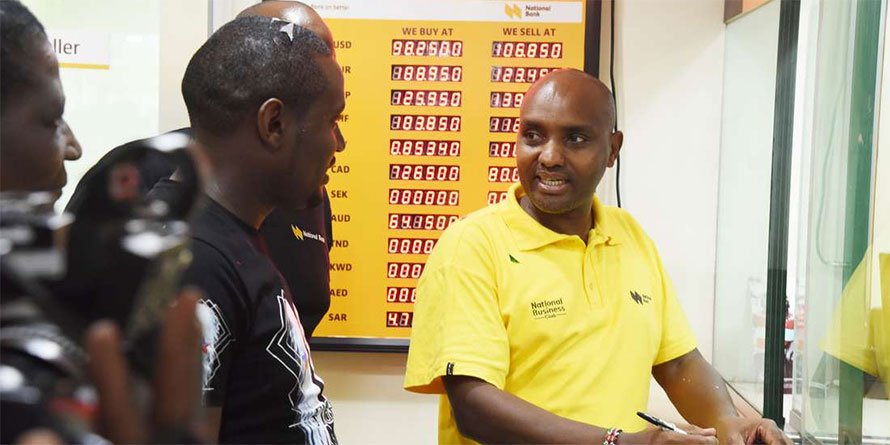National Bank of Kenya managing director Paul Russo. DIANA NGILA | NMG It is now two years since Kenya Commercial Bank started executing the bail- out takeover of the National Bank of Kenya(NBK). I recently caught up with NBK managing director Paul Russo for insights into execution of successful bank turnarounds.
We must not forget that several past attempts to change the fortunes of the bank through expensive State-funded bailouts yielded zilch. In terms of pre-tax profits, the bank generated Sh1.2 billion more in 2020 compared 2019.
In any year, this would be a remarkable achievement. To achieve this in the middle of a once-in-a century pandemic makes it even more remarkable.
It is worth reflecting on the pillars on which this achievement was built. What lessons can we discern? As I look closer at the accounts, the performance was built on three things.
First, the bank cautiously addressed its past perennial Achilles heel: bad lending and allowing every politically connected Robin Hood to dip his hands into the bank’s vault and ride off into the sunset with billions.
It quietly installed a new credit management system to improve loan turnaround time and essentially lend faster and better. The bank also imposed new lending standards to tighten loan appraisal and seek better collateral.
Finally, the bank ramped up debt recovery to collect dodgy loans. All these good things were underpinned by a capital injection of Sh5 billion from the parent.
The money from KCB is what allowed National Bank to underwrite new loans and accept new deposits. With the Sh 1.2 billion change in pre-tax earnings in 12 months, the bank- has started to dream big — 15 years after the aborted government bailout of 2005.
Going through the bank’s annual report, I have identified three of the dreams. Management is now talking about developing a customers-first ethos — a recognition that service standards have been appalling over the last decade.
Secondly, the bank is also talking about developing new value propositions for their retail banking customers as well as corporate clients.
Clearly, the bank has decided to take full advantage of its rather large public sector portfolio. Its corporate customers are mainly large parastatals with extensive ecosystems of suppliers and customers. The third dream: management is talking about digitisation of their mobile and Internet channels.If you asked me, this digital dream reflects low ambition. I would have thought that the ambition would entail greater integration with M-Pesa and […]
